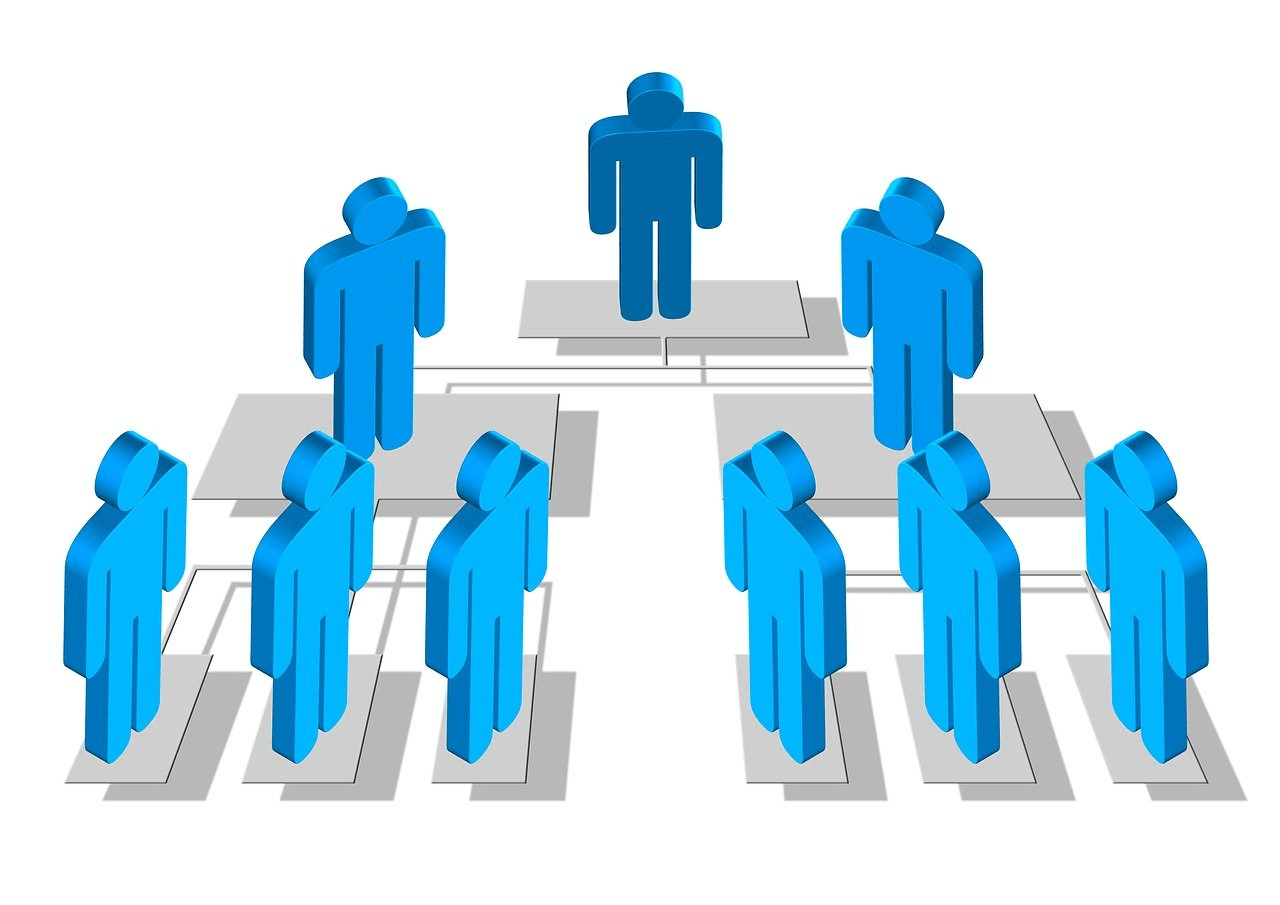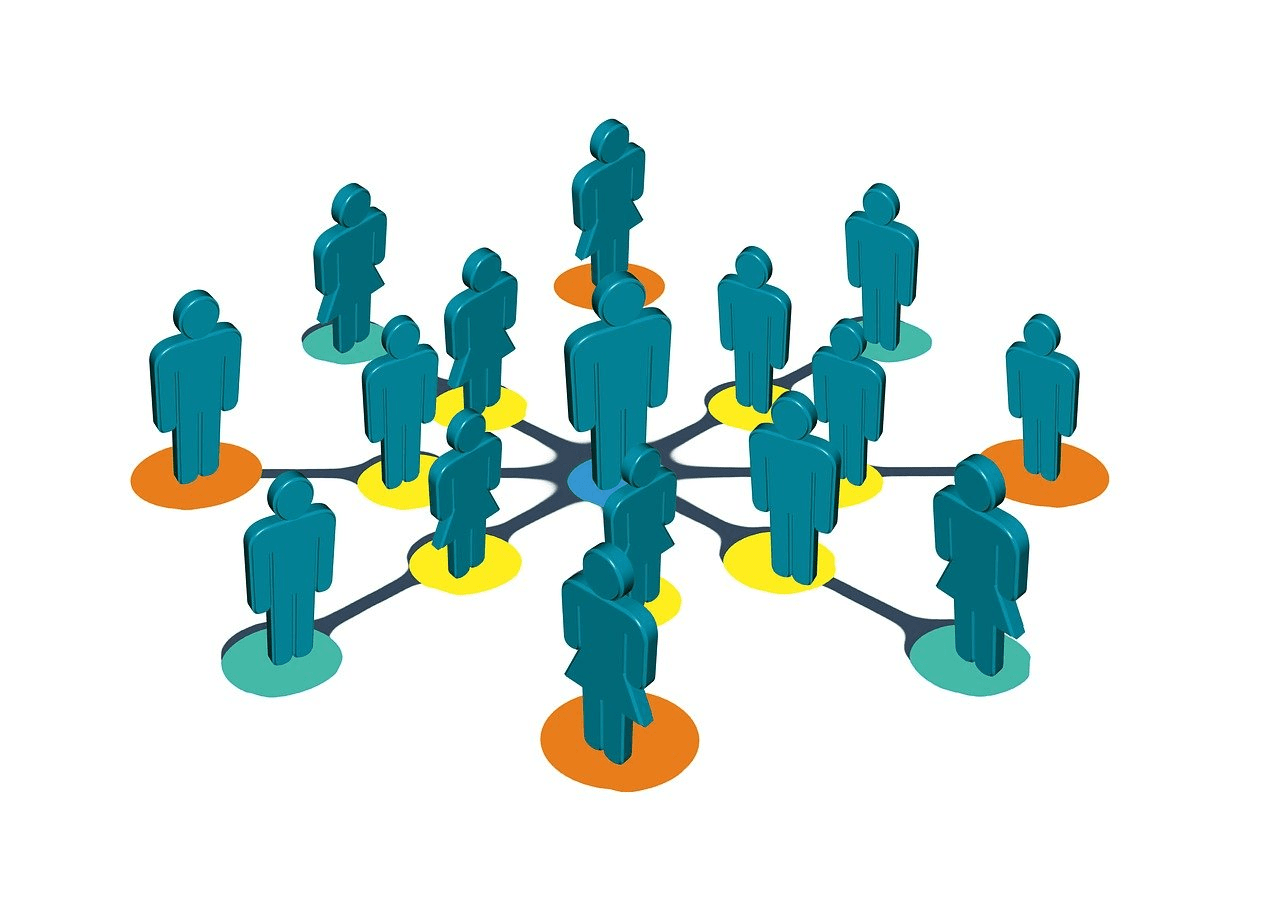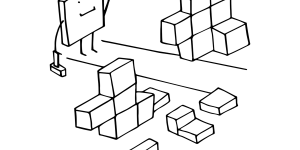Top-down and bottom-up stand for different approaches to different problems in project management.
CONTENT
Project management approaches and strategies get constantly evaluated, reviewed and improved, and successful project manager make it a priority to stay informed about the latest developments in their field.
In recent years, the world of project management has seen a growing debate between these two fundamentally different approaches.
In this article, we will attempt to shed light on these two strategies.
Top-down project management
The top-down approach is the most traditional of these two.
A top-down strategy involves all key decisions being made by the project manager or organization’s leaders.
When a project is managed from the top-down, the work breakdown structure and project plan are completed and drafted from the top, meaning the top management, after which team members are told what tasks they should complete and when they should be accomplished.
What is most important to an organization is profitability. Projects are not usually directly accountable for generating profits for the company, but rather they make the products that companies sell.
Time to market is very important for an organization; therefore, the company wants products and services to be developed as quickly as possible.
Top-down management is a very common method and is suitable for projects where there are few unfamiliar activities and a handful of unique challenges to be addressed.
Pros and cons of the top-down approach
Here are the pros and cons of the top-down management approach:
Pros:
- The advantage of the top-down planning is that the goals at all hierarchical levels are mostly the same as the goals of the company as a whole, since top management itself manages the work of all departments.
- Complex and time-consuming coordination tasks are cut out so that the plan can be created more quickly.
- Yet, if the project leader knows how things are going at other levels and sets clear expectations and goals that aren’t blurred by several different voices, the project team doesn’t get distracted from participating in project decision-making. This provides them with more time to focus on their tasks. It’s still important, however, that the decision-maker considers exactly how the decisions will impact both project and employees, otherwise the results could be negative.
Cons:
- The main downside of the top-down planning approach lies in the fact that management is very rarely familiar with individual departmental opportunities and problems. This causes bottlenecks and reduced productivity as well as the pursuit of unrealistic and therefore unachievable goals.
- Moreover, many organizations have begun to experience that the top-down approach can leave team members demoralized and unmotivated, as they typically have very little control over what they need to do and how they should do it.
- Then again, following this approach, ambiguity opens the door to potential failure. As a matter of fact, managers should be as specific as possible when communicating their expectations
- Lastly, the idea of a single person – or a limited group of leaders – leading the project and making decisions for everyone, especially if they are often inefficient, can bring up a dictatorial climate, affecting team morale. On top of that, if the leader is not perceived as such, it will be harder for employees to take responsibility.
Bottom-up project management
Bottom-up project management is steadily gaining popularity, in particular in industries where projects involve new challenges that demand innovative solutions.
In the bottom-up model, project goals are still established by organizational leadership, yet the team members who will carry out the work are asked to provide input on how the project goals will be achieved.
Project to-do lists and deadlines are usually not completed until the project team has assessed what to do, which often results in more realistic schedules and fewer (nasty) surprises along the way.
To-do lists are integrated into the overall plan to help prevent undesirable surprises, and there is complete transparency in terms of deadlines, budgets, deliverables, risks, and potential problems.
Pros and cons of the bottom-up approach
Also the bottom-up management approach has its own pros and cons. Let’s see what they are:
Pros:
- Organizations often find that employees are more personally involved in plans that employ a bottom-up approach. Plans are developed at the lowest levels and are then handed off to each next higher level, reaching senior management for approval.
- Another plus is that with bottom-up planning, more focus is given to the project because there are more employees that are involved, each with their own area of expertise and where everyone has the chance to devise project solutions that focus more on practical requirements than abstract notions. Plans are thus more realistic.
Cons:
- A potential drawback to this strategy is that the initial stages of the project can take much longer and require more effort to coordinate, as project managers must incorporate input from a large number of stakeholders into the project plan. Too many ideas, in fact, can stall business agility or even result in bottlenecks or problems.
- And again, despite all its pros, the bottom-up style alone will not be able to make projects thrive. In fact, according to many experts, the bottom-up approach is not the ideal solution, as it sometimes fails to provide clarity and control.
- Ultimately, some people have an ego. When everyone has a voice, the motivation of some employees may be purely personal, boosting their self-esteem rather than being focused on the greater good and the real goal. This can lead to conflict and division within the project team, and a negative competitive environment.
Il New York Times: an actual example
One of the most popular examples when it comes to the top-down and bottom-up approach is the New York Times, a leading journalism company.
This company implemented a top-down management style and according to the American Journalism Review, New York Times executives felt that what they were doing was not capable of creating a vibrant workplace and a successful business.
Power was centralized and editors at the top of management had overall control.
As a result, employees at lower levels felt that their voices didn’t count and weren’t being heard.
Journalists were not morally motivated to perform their jobs and there was no effective collaboration among them.
Managers then realized that they needed to give teams more freedom.
It took quite some time to introduce elements of the bottom-up management approach, but in the end it was worth it, as collaboration has now improved and teams are working more productively.
Deciding between top-down and bottom-up approaches: the hybrid method
The top-down management approach, as seen above, is the classic management method that is applied in most organizations.
Over the years, however, its flaws have begun to become clear, especially for organizations that seek a vibrant, collaborative, flexible and agile work environment.
That’s why many organizations have started to implement the bottom-up approach, yet even this management method is not the perfect solution, as it sometimes lacks clarity and control.
Therefore, the best direction, according to many experts, lies in balancing these two opposing approaches and just taking the best practices from both: opting for a hybrid method.
Indeed, in few cases is a formal, static decision on either approach an optimal choice for the organization.
Historically, it is the top-down approach that has ruled in most companies, however, an increasing number of organizations are looking for ways to incorporate some elements of the bottom-up philosophy into their current project management practices.
Even organizations in industries where projects are typically repeatable and predictable can improve the morale of their employees by allowing team members to participate in the project planning process.
Moreover, organizations in fast-moving industries, such as technology, have even stronger incentives to move to bottom-up project management in order to get the most benefit from their employees’ experience, creativity, and innovative knowledge.
It’s no surprise, then, that a holistic approach that combines both methods is undeniably the most wise strategy.
The most effective way to set a successful roadmap might actually be a hybrid approach, starting with a brief assessment of the actual organization relative to resource management best practices.
A mix of both planning methods allows for efficient, business-goal-driven implementation and the inclusion of all relevant departments.
This can greatly increase the quality of planning outcomes.
Using technology as a tool to combine both approaches
Traditional project management tools were designed with the top-down approach in mind.
Specifically, traditional applications were not designed for bottom-up management and were focused on the project manager, making them the main link in project communication.
Team members very often didn’t have access to the project plan and cannot give contributions.
Therefore, it was the project manager who must collect all the data and manually enter the information into the project plan, and then communicate the changes to business leaders.
Fortunately, the old ways of sharing and receiving information have been radically transformed in recent years.
New technologies change the old way of managing projects and bring new models of collaboration, based on collective intelligence.
This collective knowledge and intelligence is now successfully collected and shared in a flexible, collaborative environment brought to you by new, second-generation project management software.
This allows a project management software like Twproject to combine the benefits of both management approaches. Twproject lets you manage projects with bottom-up strategy, top-down but also both of them together.
Project management democratization should not be regarded negatively.
The main goal is to find ways to make project management and collaboration more efficient, and new technologies applied to project management make everything more effective and teams more productive.
In the end, projects do get delivered faster and that’s to everyone’s benefit.
By the way… have you not tried TWproject yet? Do it right now by clicking the button below!





